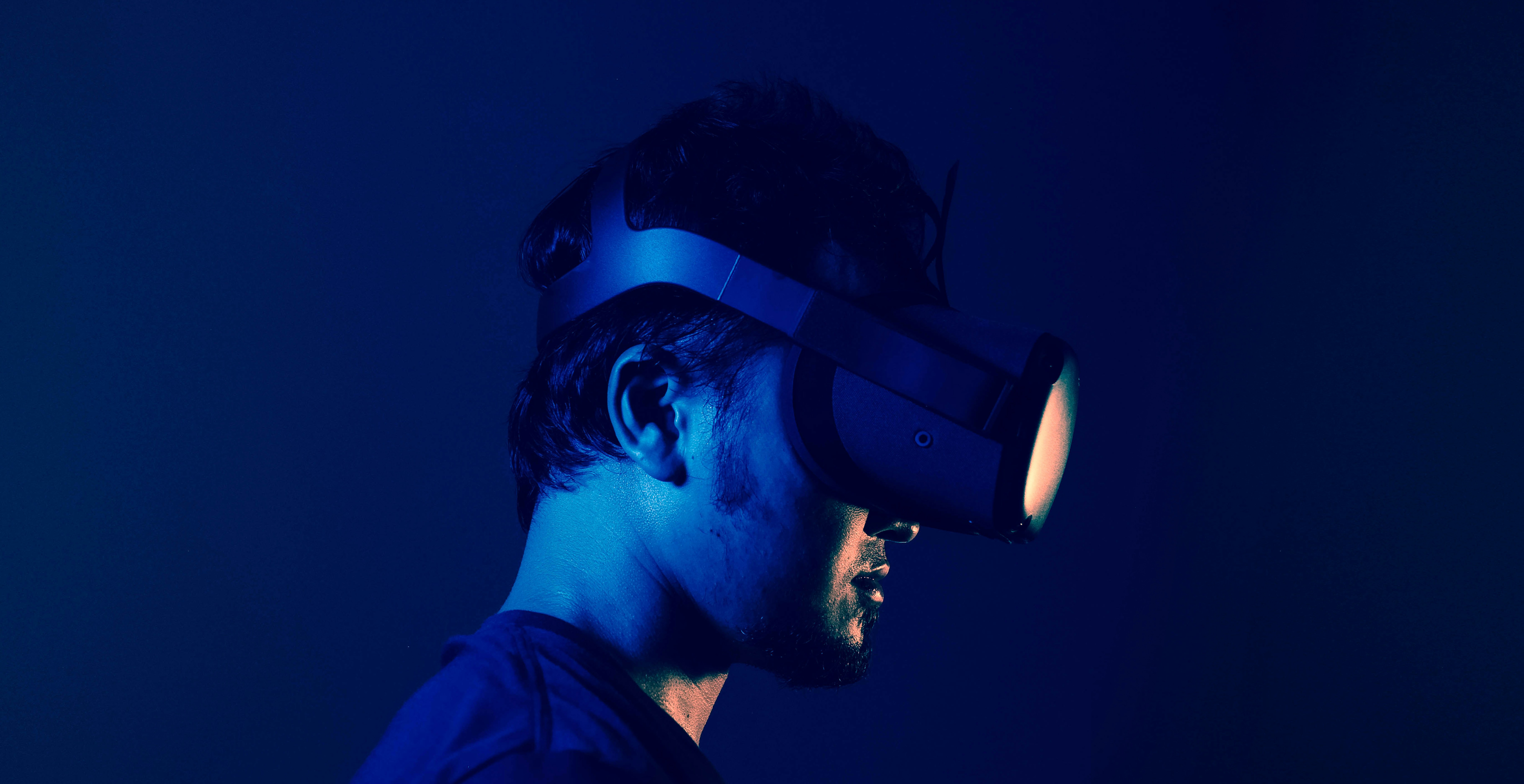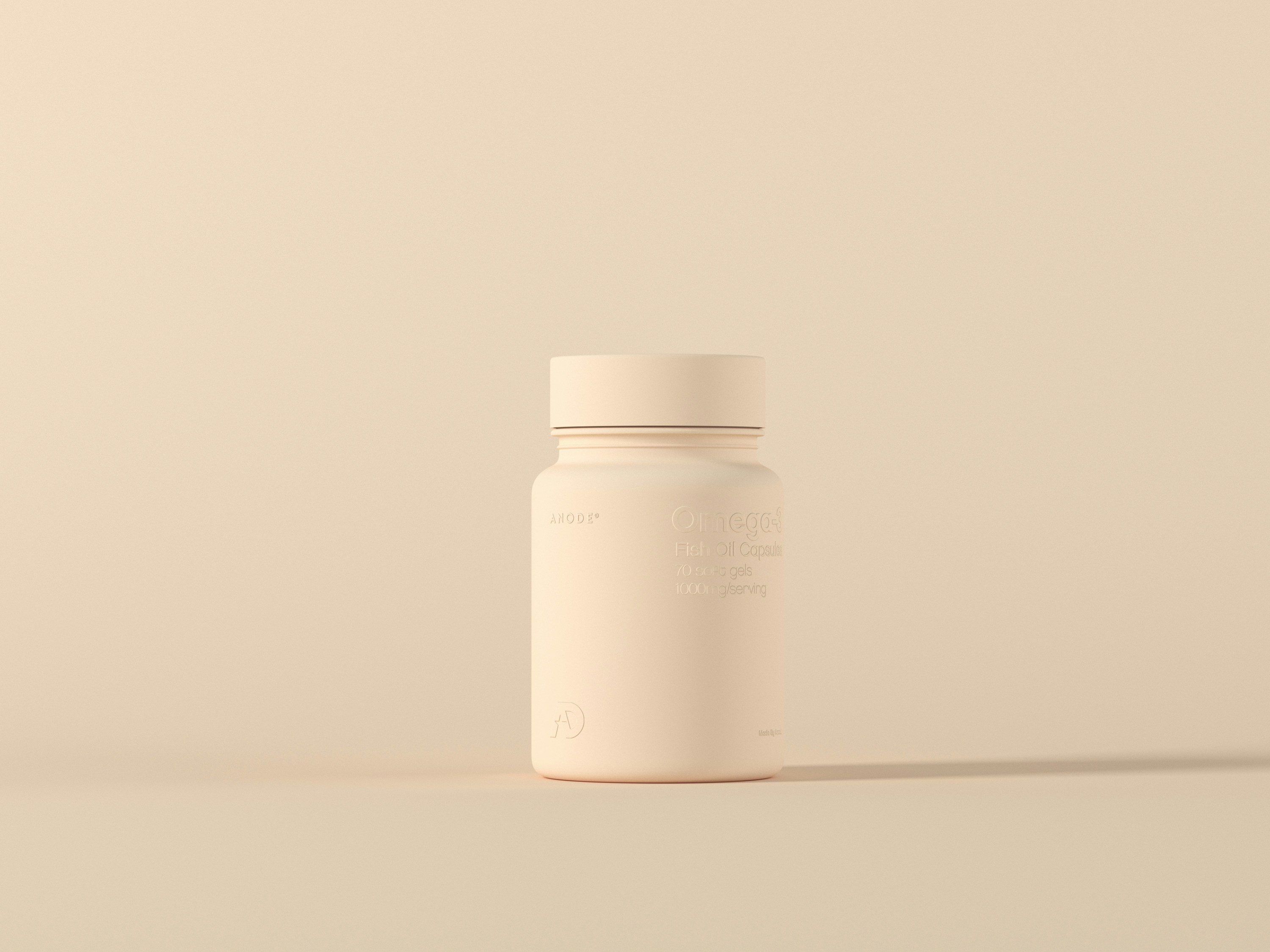
The Best Free Tools & Platforms to Practise Medical Technology Skills in 2025/26
Medical technology — sometimes called medtech — covers a broad and fast-growing field: devices, diagnostics, medical imaging, wearable health devices, digital health applications, and AI in healthcare. In the UK especially, regulatory demands, safety concerns, and clinical validation mean that simply knowing theory isn’t enough. Medical technology professionals need hands-on experience with tools, software, imaging data, and modelling frameworks.
This article explores the best free tools and platforms you can use in 2025 to practise medical technology skills. Whether you're a student, recent graduate, or switching careers, these resources help you build real skills, assemble portfolio projects, and show employers what you can do.
Why Practising Medical Technology Skills Matters
Medical technology roles often require more than coding and design—they demand rigor, safety, reproducibility, and domain knowledge. Practising with actual tools helps you:
Understand medical imaging formats (DICOM, NIFTI) and workflows.
Build data pipelines that respect data privacy, medical ethics, and regulatory constraints.
Work with real or realistic datasets: segmenting images, annotating, processing, and deploying models.
Learn tools and platforms used in research & healthcare settings.
Create demonstrable work for CVs / portfolios (projects, GitHub, visualisation).
Employers want candidates who have done more than read; they want proof of applied work. Using free tools means you can practise, make mistakes, learn, and have material to show without large financial investment.
Free & Open-Source Tools for Medical Imaging & Diagnostics
Here are tools specifically built around medical imaging data and diagnostics, many of them open source or freely usable for research and non-commercial purposes.
1. MONAI (Medical Open Network for AI)
MONAI is a leading open-source framework for healthcare imaging AI.
Key Features:
Built on PyTorch, supports medical-specific image transforms (2D, 3D, 4D) with built-in support for DICOM and NIFTI.
Includes MONAI Label: tools for interactive annotation of medical images with AI assistance.
Pre-trained models (“model zoo”) for segmentation, classification, disease detection.
Tools for deployment (clinical workflow integration, containerisation) and standardised pipelines.
Why It’s Useful:
Using MONAI lets you practise nearly the whole medical AI lifecycle: data ingestion, annotation, model training, evaluation, deployment. Even building small segmentation models or classification models with MONAI gives you skills many medtech roles ask for.
2. 3D Slicer
3D Slicer is a free, open source software package for image analysis and scientific visualisation.
Key Features:
Handles volumetric (3D) data, support for CT, MRI etc.
Registration, segmentation, volume rendering, diffusion tensor imaging, atlas-based processing.
Cross-platform (Windows, macOS, Linux).
Why It’s Useful:
If you’re interested in visualisation, processing 3D medical scans, or developing image guidance or device design workflows, 3D Slicer gives you a powerful environment to practise. You can load public datasets (e.g. MRI, CT), segment structures, reorient images etc.
3. ivadomed
ivadomed is an open-source toolbox for deep learning applied to medical imaging.
Key Features:
Tools for end-to-end training, evaluation of models for tasks like segmentation, labelling.
Pre-trained models for certain anatomy (e.g. spine, brain).
Handling metadata (contrast, resolution), proper dataset splitting.
Architectures that handle uncertainty, class imbalance.
Why It’s Useful:
Practising with ivadomed helps you deal with real-world imaging problems: segmentation, class imbalance, metadata effect. These are good for showing you understand subtleties beyond simple classification.
4. TorchIO
TorchIO is a Python library to load, preprocess, augment, and sample medical images.
Key Features:
Supports patch-based sampling, which is essential when full 3D images are too large.
Data augmentation, simulation of artifacts (noise, motion), metadata handling.
Integration with PyTorch pipelines.
Why It’s Useful:
Learning how to prepare data properly (augmentation, preprocessing) is often undervalued but essential, especially in medical contexts where data is limited. TorchIO is especially helpful for practicing that.
5. Studierfenster
Studierfenster is a web-based platform for medical imaging processing, viewing, and segmentation.
Key Features:
Works in browser (no install required). View CT, MRI slices, 2D & 3D visualisation.
Manual segmentation, placing landmarks, interactive metrics (e.g. Dice score, Hausdorff distance).
Virtual reality and augmented reality features for visualisation.
Why It’s Useful:
Great for practising segmentation and evaluation without heavy hardware/software installation. It helps you understand metrics and visualisation, which many medtech roles require.
6. CellProfiler & CellProfiler Analyst
CellProfiler is free software aimed at biology/biomedical imaging for measuring features from images. CellProfiler Analyst extends it with classification tools.
Key Features:
Pipelines for image segmentation, object detection, phenotype measurements.
No heavy programming required; good for users from biology/clinical backgrounds.
Why It’s Useful:
If you're working on diagnostic imaging or biological imaging, being able to measure and extract features helps in both research and medtech prototype work.
7. SimpleITK
SimpleITK is a simplified interface to the ITK framework for image registration & segmentation.
Key Features:
Available in many languages (Python, R, Java, etc.).
Useful filters, smoothing, registration algorithms.
Why It’s Useful:
Practising with registration and image alignment is critical for comparing images over time, or aligning MRI sequences, etc. SimpleITK gives you that practice.
8. Weasis
Weasis is a free open-source DICOM viewer for medical images.
Key Features:
Viewing, zooming, adjusting window/level, some measurement tools.
Supports standard DICOM workflows.
Why It’s Useful:
For diagnostic or imaging-oriented roles, being familiar with DICOM formats, viewing tools, and understanding image quality is useful. Weasis helps in that area.
General Tools & Frameworks That Also Apply
Beyond imaging, many general machine learning and data tools are essential in medtech:
Python, with libraries like scikit-learn, TensorFlow, PyTorch.
Data visualisation tools (Matplotlib, Seaborn, etc.).
Annotation tools & possibly general ML tools for tabular, time series, or device data.
Using these alongside the imaging‐specific tools gives you a well-rounded set of skills.
Learning & Courses You Can Access for Free
Free or low-cost courses help you get structured knowledge. Good sources include:
Tutorials & documentation from MONAI (official docs, example notebooks).
Free online lectures / MOOCs covering medical imaging, AI in healthcare. Many universities offer audit access via Coursera, edX.
YouTube channels from research labs or conferences (MICCAI, NeurIPS workshop recordings) that show medical image segmentation, model design, error analysis etc.
Project Ideas & Portfolio Building
Having practical projects in your portfolio is how you stand out. Here are ideas using the tools above:
Automated segmentation project: Use 3D Slicer + MONAI to segment organs or tumors from MRI or CT scans.
Annotation tool build: Use MONAI Label or Studierfenster to annotate medical images, compare metrics (Dice, Hausdorff), and visualise results.
Preprocessing & augmentation experiments: Use TorchIO to apply augmentations (e.g. simulate motion, noise), measure how model performance changes.
Classification of pathology images: Use CellProfiler to extract features + build a classifier with PyTorch or TensorFlow.
Registration challenge: Align different imaging modalities using SimpleITK (e.g. MRI to CT) and assess alignment quality.
Document every project: what data you used, how you processed, what results, what problems you encountered. Publish code on GitHub, write short summaries, include visuals.
Practical Challenges: Data, Privacy, Validation & Safety
Medical technology comes with stricter non-technical demands:
Data privacy & anonymisation: Real clinical data often requires strict de-identification; in many cases, you’ll use public, anonymised datasets.
Regulatory awareness: Understanding standards (e.g. CE marking, MHRA, FDA guidelines) helps. Even if you’re not building a device yet, showing awareness adds weight.
Validation & performance metrics: Accuracy, sensitivity, specificity, ROC/AUC, error metrics relevant to medical imaging (e.g. segmentation overlap).
Robustness & edge cases: Data artefacts, noise, missing parts, variation in modalities or scanner settings.
Working through these in your projects (not just “it worked”) shows maturity.
Communities, Open Data & Research Platforms
Participating in communities and using public data helps you learn faster and get visibility:
Public medical imaging challenge datasets (e.g. from MICCAI, Kaggle, Grand Challenge).
Forums or Slack/Discord communities around MONAI, medical imaging, computer vision in healthcare.
GitHub repositories of research labs. Contribute or try to replicate results.
Also, open data platforms like The Cancer Imaging Archive (TCIA), public MRI/CT datasets etc. These give you sample data to practise on.
Learning Roadmap: How to Use These Tools Effectively
Here’s a suggested path to build up your skills systematically:
Stage | Tools / Activities | Goals |
|---|---|---|
Beginner | Try Studierfenster, Weasis to view imaging data; use 3D Slicer for basic segmentation manually; explore SimpleITK for filtering or smoothing. | Understand medical image formats, visualisation, basic segmentation. |
Intermediate | Use MONAI Core, ivadomed, TorchIO to build pipelines; practise annotating with MONAI Label; work on project ideas above. | Build reproducible workflows, understand preprocessing, data augmentation, architecture choices. |
Advanced | Incorporate model evaluation, validation, metadata handling; ensure model robustness; possibly deploy small demo app or interface; document privacy and regulatory aspects. | Show you can build models suitable for research or prototyping; prepare yourself for medtech R&D roles. |
Final Thoughts
Medical technology is a field where practice, precision, and responsibility intersect. Employers in the UK are specifically looking for candidates who can work with imaging data, annotated datasets, models, and understand the safety, privacy, and regulatory framework.
The beauty is that many of the tools you need are free. With MONAI, 3D Slicer, ivadomed, TorchIO, Studierfenster, CellProfiler, and others, you can gain not just theoretical understanding, but build real, demonstrable skills.
Start small: pick one tool, run a dataset through it, build a project, and share it. Over time, you’ll accumulate a hands-on portfolio that shows employers what you can really do. For roles in medical imaging, diagnostics, AI health tech, device prototyping, you’ll be much more competitive if you show this kind of applied experience.


